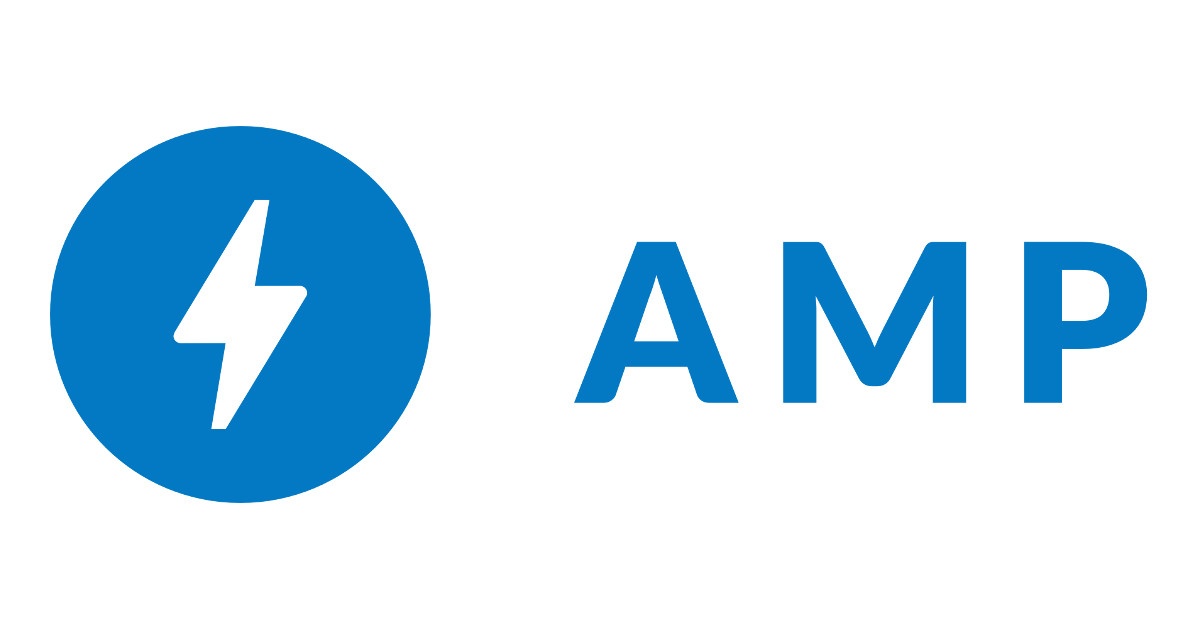

If that doesn’t work, then, you have to check your AMP setting under AMP>General. This AMP issue can also be corrected by refreshing your s. This is quite different from the 404 AMP issue – because it’s a sign to show that your AMP pages exist but contain error(s).
#Google amp logo how to#
How to fix AMP loading blank pagesĪnother issue I’ve encountered using the AMP plugin by Automattic was: AMP pages not loading or AMP pages showing a blank white space.

This should immediately correct the 404 AMP issue.

What you just did will refresh your structure (including the AMP versions). Just hit the save button without doing anything. Under s, don not change your link structure. This link may generate a 404 error if you have just installed the plugin. Popular Google AMP Errors and how to fix them AMP pages show 404 error after installationĪfter installation of the AMP plugin in WordPress, you should immediately be able to visit your AMP pages by adding the AMP extension to your post URL in a mobile browser (preferably Chrome).
How to fix “The tag ‘*********.js script’ appears more than once in the document.”. How to fix Invalid URL for HTML attribute ‘href’ in tag ‘a’. How to fix “A value for the logo field is required”. AMP pages show 404 error after installation. Popular Google AMP Errors and how to fix them. It’s unclear how these new offerings would be implemented, but they presumably won’t suffer from the long and complex page URLs associated with AMP. Media executives and consultants said they expect non-AMP pages to garner at least 20% more advertising revenue than AMP pages in most cases, without affecting loading speeds. Instead, those publishers “have started testing or are considering using their own versions of mobile-optimized article pages.” This is meant to give websites more control over page design, ads to boost revenue, and subscription offerings. This includes Vox Media (Vox, The Verge, SB Nation), BuzzFeed, Complex Networks, and BDG (Gawker, Bustle), while The Washington Post and some smaller sites have already done so over the past year. Google News similarly surfaces more non-AMP content now, while the lightning bolt icon was removed.įollowing those Google moves last year, the Wall Street Journal reported today that “several large online publishers are taking steps to abandon” AMP, which Google and others originally billed as an effort to speed up slow mobile webpages by making them lighter and somewhat standardized. This Page Experience is now used by Google Search’s result ranking systems, with the search engine’s Top Stories carousel similarly dropping its AMP requirement for appearing in 2021. This deprioritization started internally with Google’s new metric to rate websites by speed, responsiveness/interactivity, and visual stability - like when you tap the wrong button due to a site unexpectedly moving during loading. The biggest news publishers are now planning to move away from the Google-backed AMP format. In 2020, Google started to deprioritize its Accelerated Mobile Pages format in favor of general site speed and a “page experience” metric.







 0 kommentar(er)
0 kommentar(er)
